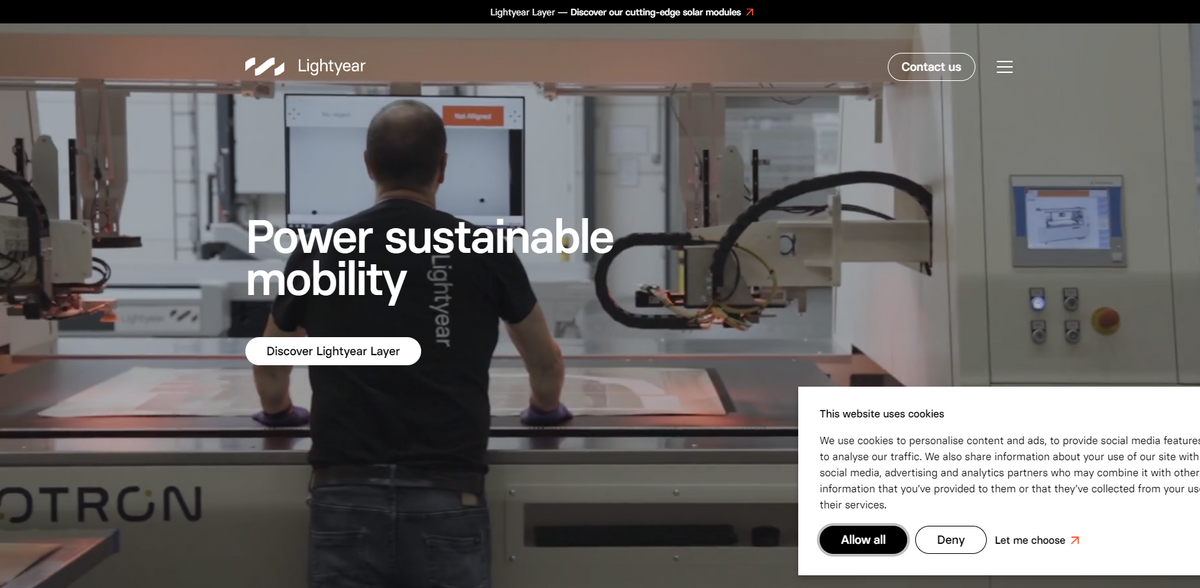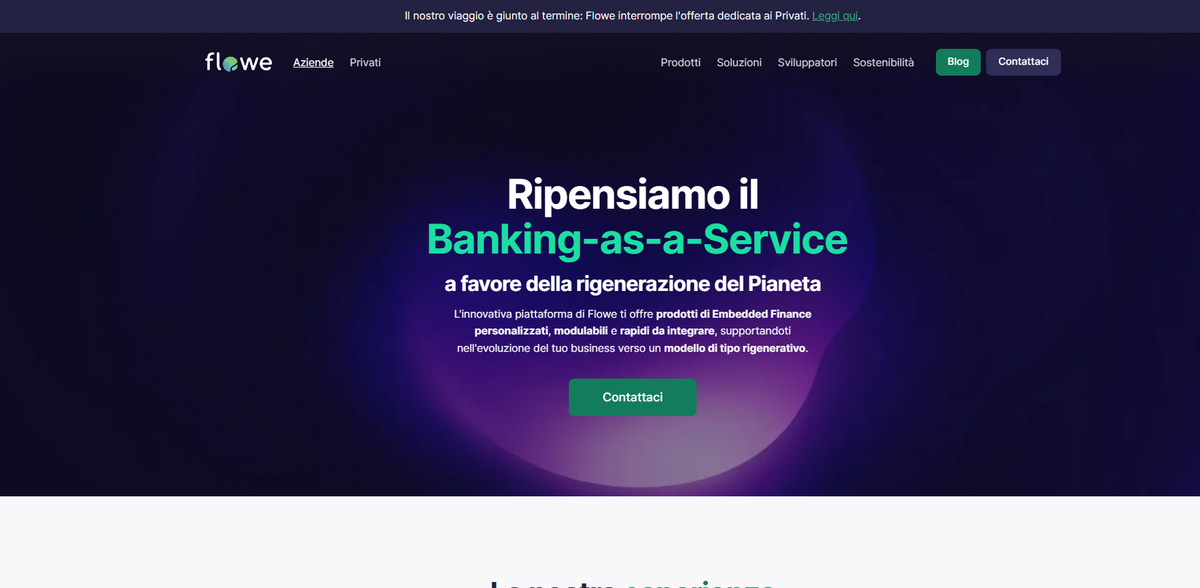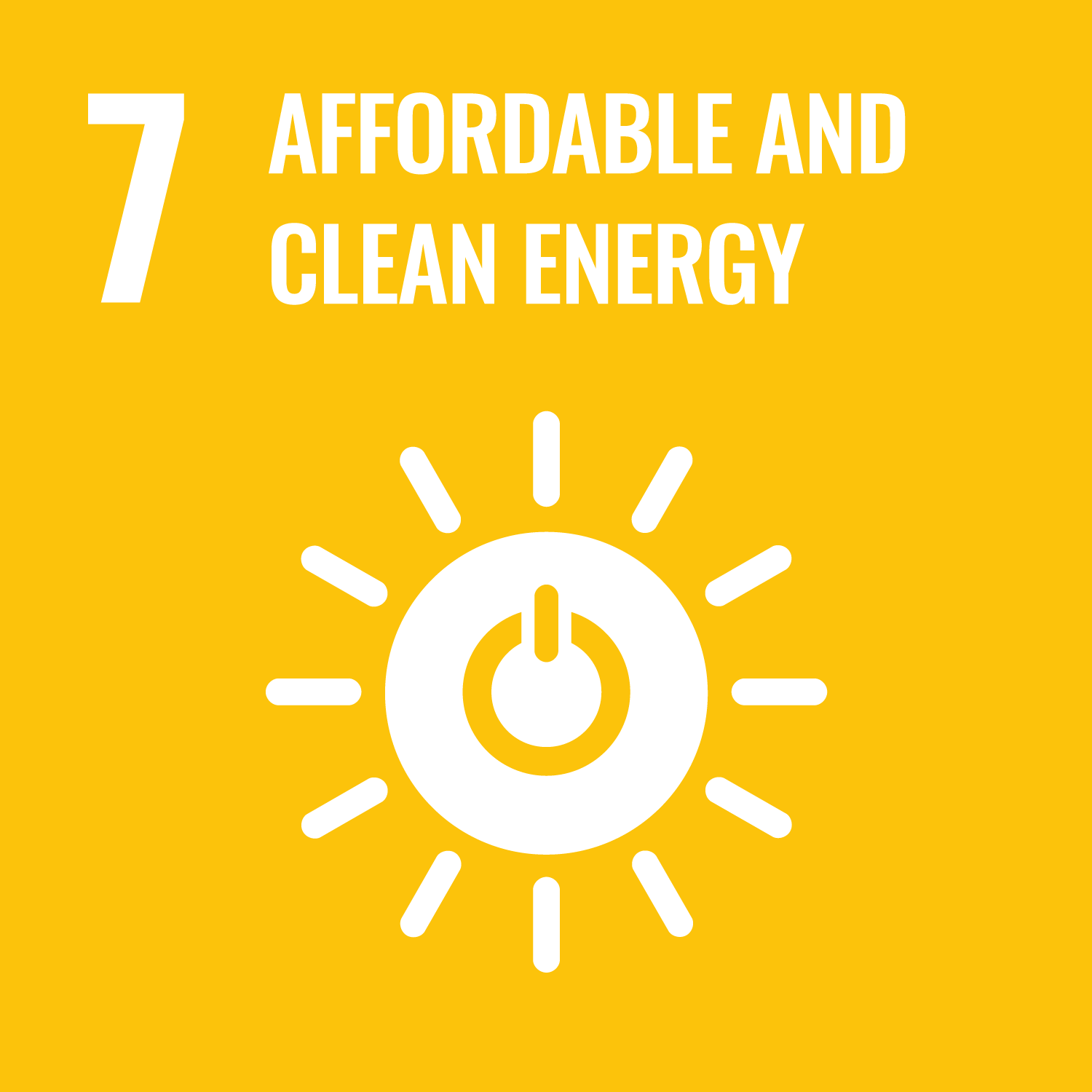About the Lightyear Solar Technology Project
Lightyear’s solar technology project is all about driving the future with cutting-edge solar charging systems designed for sustainable mobility. The project focuses on harnessing the power of the sun to power cars and mobility applications, emphasizing a transition to clean energy. At its heart is the use of Vehicle-Integrated Photovoltaics (VIPV), which are solar panels carefully integrated into a car’s surface. This innovation is crafted from back-contact monocrystalline silicon solar cells, arranged in an optimized matrix to yield maximum energy even in challenging conditions like partial shading and varying light angles. It is a bold step in advancing clean mobility for both planet and people.
Main Benefits of Solar Charging Systems
The benefits of this solar solution are both practical and groundbreaking. Key figures and facts include:
- Up to 70 kilometers of additional range per day under ideal conditions.
- The Lightyear One electric car boasts an impressive battery range of 725 km.
- 10,000 to 20,000 kilometers per year purely powered by the sun.
- Module efficiency reaching up to 23% and a DC-DC conversion rate of around 95.5%.
- An innovative interleaved cell layout and smart bypass system that keeps generating power even when partially shaded.
Innovative Design and Integration
The design of the solar panel is a marvel in itself. A sophisticated matrix—the precise arrangement of photovoltaic cells—forms the core of these panels, combined with a curved, durable top layer that ensures a seamless fit with a vehicle’s aerodynamic design. This flexible and lightweight panel meets rigorous automotive standards, including compliance with UNECE R43 automotive regulations. These panels are not just about aesthetics; every detail is engineered for high performance in daily use. It might sound complex… but every small piece works together to make a big impact.
Solar Panels for Every Car
It is impressive that these solar panels are designed to work on any car. This approach enables a new category of clean, passive energy generation that operates silently whenever sunlight is available. Rather than requiring users to change their behavior or rely solely on charging stations, the panels are integrated into vehicles—whether on roofs, doors, hoods, rear windows, or side windows—and start generating energy immediately. This simplicity and versatility open up fresh possibilities for both passenger cars and commercial vehicles, paving the way for a future where every kind of travel can be partially powered by the sun.
Collaborative OEM Integration Approach
Beyond technical excellence, the project places a strong emphasis on collaboration with original equipment manufacturers (OEMs) and mobility partners. The strategy is to make the solar technology accessible for a wide array of automotive platforms. By supporting OEMs through co-development, design and engineering support, and testing, Lightyear enables the integration of solar panels into concept vehicles, production EVs, and commercial vans alike. This collaborative approach allows for innovative piloting programs that continuously provide valuable insights. It’s a dynamic, forward-thinking partnership designed to bring solar mobility into everyday life.
Project Impact on Global Sustainability
- SDG 7 – Affordable and Clean Energy: Efficient solar charging systems reduce reliance on traditional energy sources.
- SDG 9 – Industry, Innovation, and Infrastructure: Continuous innovation in solar integration supports smarter transportation infrastructure.
- SDG 11 – Sustainable Cities and Communities: Passive energy generation helps lower environmental impact in urban travel.
- SDG 13 – Climate Action: Reducing carbon footprint through reliance on renewable energy sources and less grid dependence.
- SDG 12 – Responsible Consumption and Production: Sustainable design and engineering fosters long-term durability and efficiency.
Future Prospects of Solar Mobility
The prospects for solar-integrated mobility are as bright as a sunny day… Lightyear envisions a future where every car, regardless of brand, can enjoy the benefits of solar energy. This forward-thinking approach means that driving can eventually become a self-sustaining experience, with vehicles generating power on their own. The project underscores that the promise of solar mobility goes well beyond simply extending driving range. It is about freeing drivers from the constraints of traditional charging infrastructures; instead, vehicles are empowered to generate their own power anywhere the sun shines. Whether it is powering onboard systems or providing backup energy for off-grid applications, this technology is set to change perceptions of electric transportation forever.




















